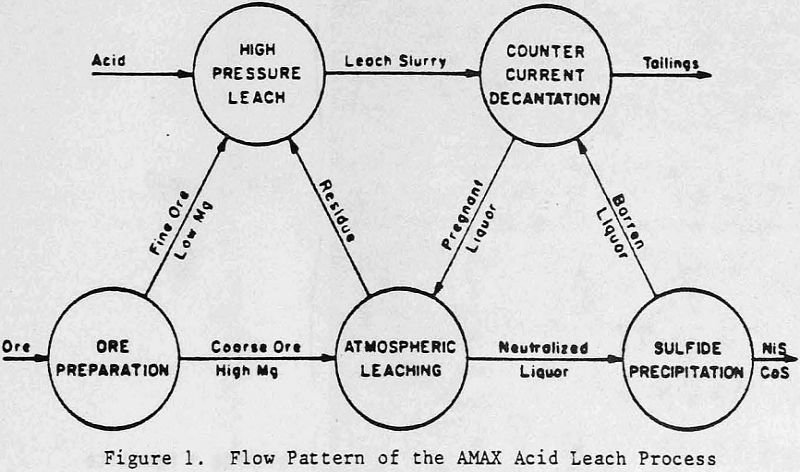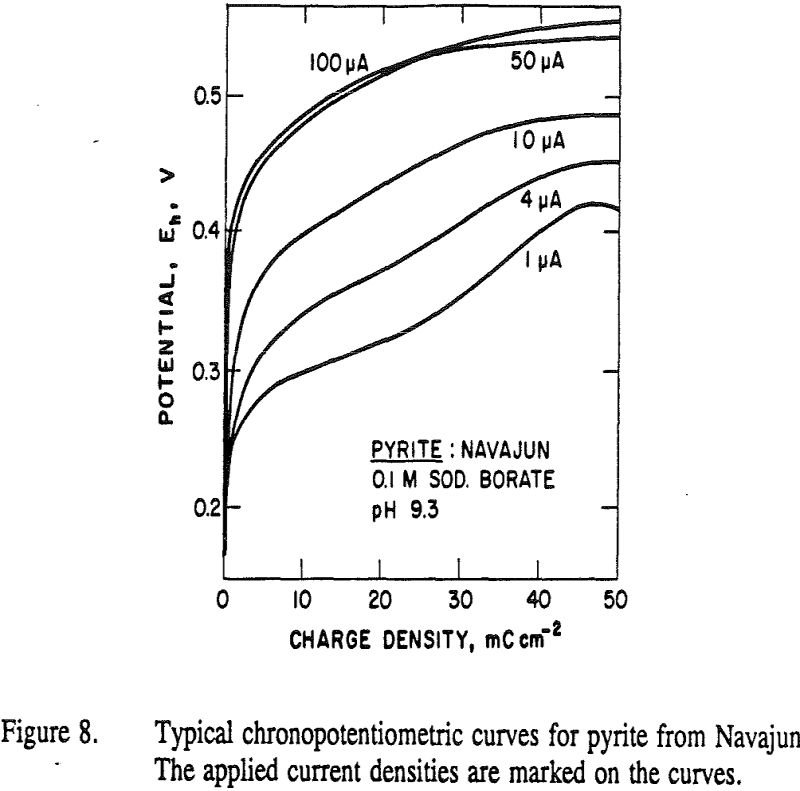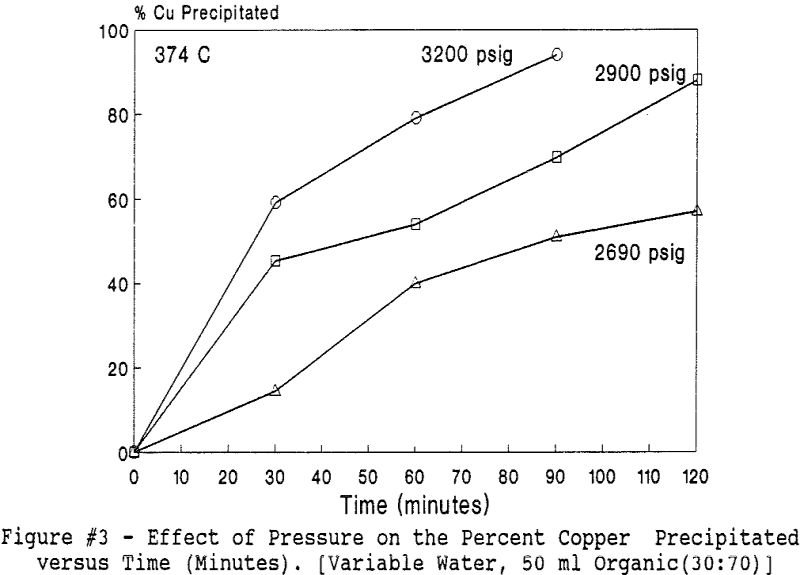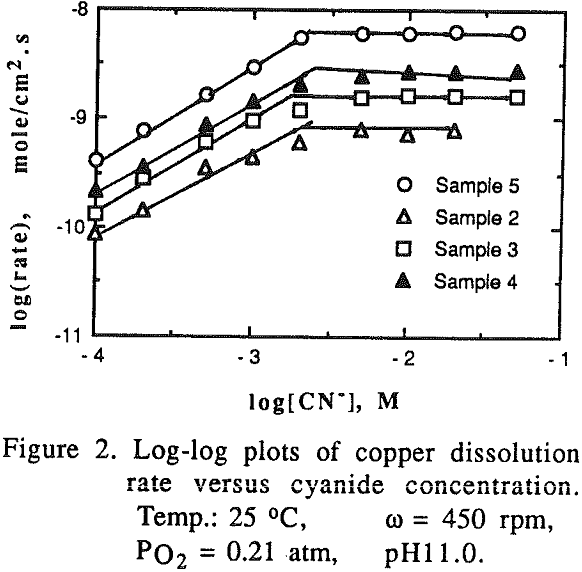HCl Leaching Reactor Design

In the clay-HCl miniplant, leaching sized, calcined kaolin with HCl was carried out in 50-gal, glass-lined continuous, stirred tank reactors (CSTR’s). Originally four reactors arranged in a cascade configuration were used, but experience showed that acceptable alumina extraction was obtained with three reactors. The fourth reactor was kept on a standby basis. The reactors were […]
Acid Pressure Leaching of Nickeliferous Laterite Ore

The AMAX sulfuric acid leaching process involves countercurrent digestion of nickeliferous laterite ore at high pressure and at atmospheric conditions. After solid/liquid separation, the nickel and cobalt values are precipitated by hydrogen-sulfide and refined into nickel and cobalt metal. Research at AMAX began in the early 1970’s at AMAX’s Extractive Research and Development Laboratory in […]
Mechanism of Sulfur Oxidation in Pyrite

The Mechanism of Sulfur Oxidation in Pyrite is base on what is generally believed as anodic oxidation of pyrite occurs according to the reactions to form S° and SO4=. FeS2 = Fe++ + 2 S° + 2 e-…………………………………………………………………….(1) FeS2 + 8 H2O = Fe+++ + 2 SO4= + 16 H+ + 15 e-…………………………………(2) Pyrite crystals were […]
Hydrolytic Precipitation

In the chemical and hydrometallurgical industries, solvent extraction is a well established and widely used extractive metallurgical process by which desired metals are loaded onto an organic phase from an aqueous solution. However, the recovery of such metal values is conventionally carried out by suitable fluid stripping, whereby metal ions in the loaded organic are […]
Gold & Copper Dissolution from Gold & Copper Alloys

The dissolution behavior of copper and gold from their pure state and from Au/Cu alloys in cyanide solutions has been investigated using a rotating disc. Oxygen was used as an oxidant. The effect of the composition of the alloys, stirring speed of the disc, concentration of lixiviants and temperature on the overall dissolution kinetics has […]
Pressure Oxidation of Silver Bearing Sulfide Concentrates
Silver bearing bulk sulfide concentrates from several Peruvian mines were autoclaved in a 19 liter (five gallon) laboratory autoclave. Cyanidation of autoclaved concentrates following a hot lime jarosite destruction step extracted over 98 percent of the silver and over 95 percent of the gold. Autoclave operating parameters such as time, temperature, pulp density and autoclaved […]
Bioleaching Refractory Oxide Ore to Recover Silver
Numerous manganiferous silver deposits occur throughout the southwestern United States which remain undeveloped due to their refractory nature. In some cases, silver (Ag) is entrapped within minerals such as pyrolusite (MnO2) and is not amenable to cyanide extraction. Similar deposits occur in which molybdenum (Mo) or copper (Cu) is entrapped within goethite (FeOOH) or similar […]
Leaching & Recovery of Phosphoric Acid Gallium & Silver
Treater Dust is the name given to the material that is collected in electrostatic precipitators used for off-gas cleaning of elemental phosphorus furnaces. Elemental phosphorus is made by reacting phosphate ore, silica, and coke in an electric furnace, as shown by these reactions: 2Ca3(PO4)2 + 6SiO2 → P4O10 + 6CaSi03 P4O10 + 10C → P4 + 10CO […]
How to Separate Zinc Cobalt & Nickel by Solvent Extraction SX EW
An acid mine drainage sludge sample containing 3.6% Mn, 0.18% Ni, 0.15% Co and 0.39 % Zn was obtained from the central part of West Virginia and leached with sulfuric acid at pH 3 and at room temperature. Air was bubbled through the leach solution to precipitate the iron content from the solution at pH […]
Halide Leaching
The interest in using halogens for extracting precious metals from ores has increased due to changes in ore characteristics, environmental concerns and regulations. The rediscovery of halogen leaching capability has been the topic of these and other writers. Much work has been done on the performance of bromine, chlorine and iodine. Of these, bromine and […]
